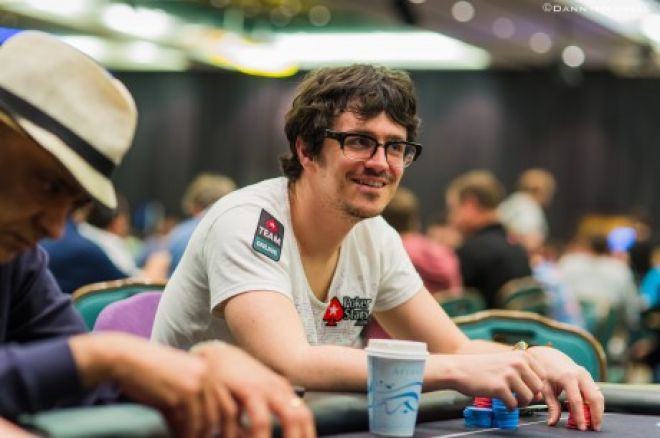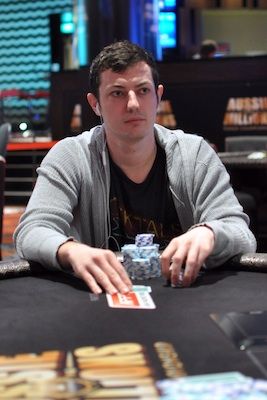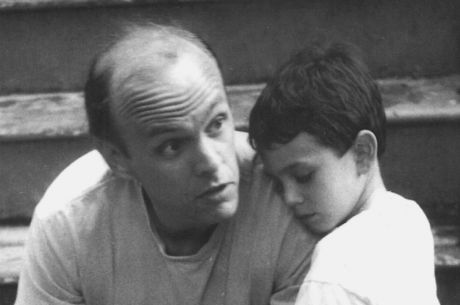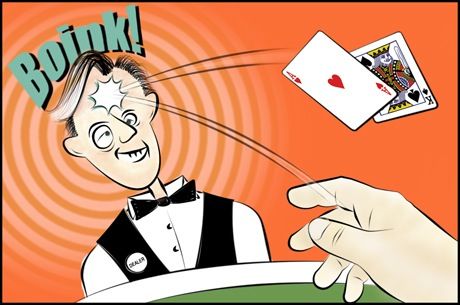Hand Analysis: Pros Playing Pocket Pairs

Pocket pairs can present special challenges in no-limit hold��em, particularly on those occasions when they go unimproved as the battle for a pot proceeds deeper into postflop.
During last year��s Aussie Millions LK Boutique AU$250,000 Challenge, online legends Tom ��durrrr�� Dwan and Isaac Haxton played just such a hand as the tournament closed in on the final table. The hand developed into a massive pot, one worth almost double the average stack with eight players remaining. It also provided an interesting scenario in which both players held pocket pairs that ranked higher than any of the board cards, illustrating a couple of important lessons along the way.
Pairs A-Plenty
The blinds were 12,000/24,000 with a 3,000 ante. At the time Dwan was the tournament's chip leader with roughly 1.8 million chips while Haxton had a healthy stack of 1.2 million.
Second to act, Dwan raised to 55,000, then Haxton reraised to 165,000 on the button. Phil Ivey and Jason Mercier folded from the blinds, and Dwan went into the tank before calling the additional 110,000.
The dealer fanned a flop of 4?4?6?, and Dwan checked to Haxton who fired out 130,000. Dwan put in a check-raise, making it 350,000 to go, and Haxton called, leaving 756,000 behind (roughly three-quarters of the current pot).
The turn was the 6?, putting a second pair on the board. Dwan thought for a minute or so, then moved all in for effectively 756,000. Haxton quickly called with K?K?, which had Dwan��s 9?9? crushed, and Haxton doubled when the J? bricked off on the river. Ultimately Dwan would place sixth in the event to min-cash for AU$500,000, while Haxton went on to finish second for AU$2.82 million.
Let��s take a look at how both of these titans of poker approached this hand street by street.
Preflop
Dwan: The original raise to 55,000 was a bit large (2.29 times the big blind), but it is becoming increasingly common to see players defending their big blind more liberally in tournaments. A bigger raise makes the player in the big blind reconsider that strategy, but players near the button will have an opportunity to flat call or reraise, thereby taking advantage of their position.
Haxton did just that by reraising from the button. It folded back to Dwan whose decision to call at that point became pretty simple. His pocket nines had a lot of value and reraising again would only turn his hand into a bluff, forcing Haxton to fold bad hands that will give Dwan value postflop.
Haxton: With two kings, there are very few arguments against reraising on the button. Dwan �� particularly when he has a chip lead �� is an active player, capable of four-betting light. The decision to maximize value with the second-best hand in hold��em therefore seems like a no-brainer.
Haxton��s bet-sizing for his reraise is interesting. He put out a bet worth three times the initial raise, almost inviting Dwan to bloat the pot by four-betting light. On the button, players can three-bet small (2.2x or even smaller) knowing they have position. Here Haxton chose to do the opposite.
The Flop
Dwan: The check-raise on the flop is curious. I��m not privy to past hand histories between these two players either live or online, but I��m not convinced Dwan��s bet was for value or a bluff. It was somewhere in the middle. If Dwan was check-raising for value, he was assuming that Haxton was willing to float with ace-high and fold on the turn, or that he three-bet and then bet on the flop with 8x8x, 7x7x, or even 5x5x. As we know from the flop, 4?4? would be quad fours, and the six combinations of 6x6x would be a full house.
If Dwan was bluffing, I��m not sure why. The only hands he could really represent were 4x4x and 6x6x, unless he was getting really crazy with Ax4x-suited.
Haxton: The continuation bet was standard. Maximizing value is something that heads-up specialists like Haxton do better than everybody else. His call of Dwan��s check-raise was standard, too. If Dwan was bluffing, Haxton might as well let him bomb the turn and pick it off, because reraising would only allow Dwan to fold bluffs and call/raise with hands that beat him.
The Turn

Dwan: Again, when Dwan pushes all in I don��t know if he��s bluffing or going for value. If he was bluffing, then what hands are folding? My guess is Haxton��s folding range here was capped at JxJx, and even that would be an extremely nitty fold from a player of his caliber. But if Dwan was going for value, then what hands are calling? Big aces like AxKx, AxQx and AxJx-suited might look like a chop, but again I think Haxton to be savvy enough to fold those hands in this situation.
Haxton: Haxton called on the turn to allow his opponent to continue bluffing, and he got what he was looking for. If Dwan flopped a full house or quads, or simply called a three-bet before the flop with aces, then he��s beat. But those scenarios happen so infrequently that calling here seems very profitable.
The River
As mentioned, Haxton��s hand held on the river and he earned the big double-up.
Haxton and Dwan taught us two lessons in this hand: how to maximize value with strong holdings, and that turning strong holdings into a bluff can be detrimental. Dwan was able to rebound well enough to cash, but we can only wonder if he could've gone even deeper if he opted to check-call with his pocket nines rather than check-raising on the flop and shoving on the turn.
Get all the latest PokerNews updates on your social media outlets. Follow us on Twitter and find us on both Facebook and Google+!








